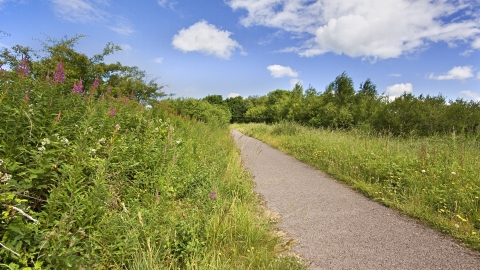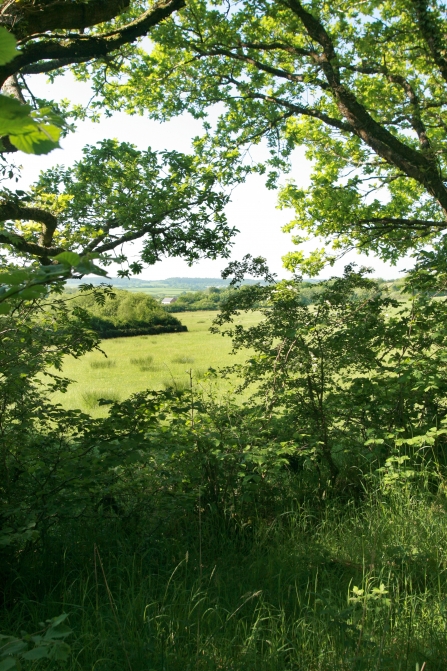
Halwill Junction. Photo, David Chamberlain
Halwill Junction
Location
Know before you go
Dogs
When to visit
Opening times
Open at all timesBest time to visit
All year roundAbout the reserve
The life of Halwill Junction changed when Dr Beeching decided, with a stroke of his red pen, to close the branch lines of North Devon. The last trains ran to the station here in the late 1960s - from that point on the bustle of steam engines was replaced by the buzz of wildlife.
Ash dieback
The disease ash dieback is now widespread in the UK and is present at many of our nature reserves, so we carry out tree felling across our sites in winter months. For your own safety please observe temporary path diversions and closures.
Where possible we will leave affected ash trees in place to decay naturally as an important habitat for wildlife. We plan to only fell diseased ash trees which pose a threat to people or infrastructure. Before trees are felled, we will check whether any rare or protected wildlife is present. If it is, we will postpone or avoid felling these trees. No felling will take place during the bird nesting season.
DWT’s Saving Devon’s Treescapes project are working with communities, landowners and businesses to help make Devon's precious treescapes more resilient in the face of ash dieback. Find out how you can get involved here.
NOTICE: If you are visiting our reserves, please note that there have been instances of H5N1 Avian bird flu found in birds in Devon. There is very low risk to public health, but we do ask that if you come across any unusual or unexplained bird deaths on or near our reserves, please do not touch them and avoid allowing your dog to come into contact with dead birds. Please report them to Defra here or call 03459 335577 and also report your findings to DWT by email at contactus@devonwildlifetrust.org.
Habitat
Contact us
Location map

Halwill Junction. Photo, Simon Williams
Halwill Junction became a Devon Wildlife Trust nature reserve in 1990. It's small, but its 2.5 hectares follow the course of old platforms and railway lines. Today a cycle/easy path makes this one of our more accessible reserves. The path also links the site into the nearby Cookworthy Forest.
Woodland edge
On your visit you'll see goat willow, ferns and broadleaved helleborines on the edges of the former railway line edges. Birds include the green woodpecker and in the spring/summer warblers.
Halwill Junction is also a good place to see butterflies including wood whites. Look along the edges of the cycle way for this slow flying species.


